From development land, residential land to townhomes whatever you are looking for RPM has the ideal location for you.
From development land, residential land to townhomes whatever you are looking for RPM has the ideal location for you.

Development Land
Specialists in sourcing and selling development land for commercial and residential projects. Explore current and past opportunities.
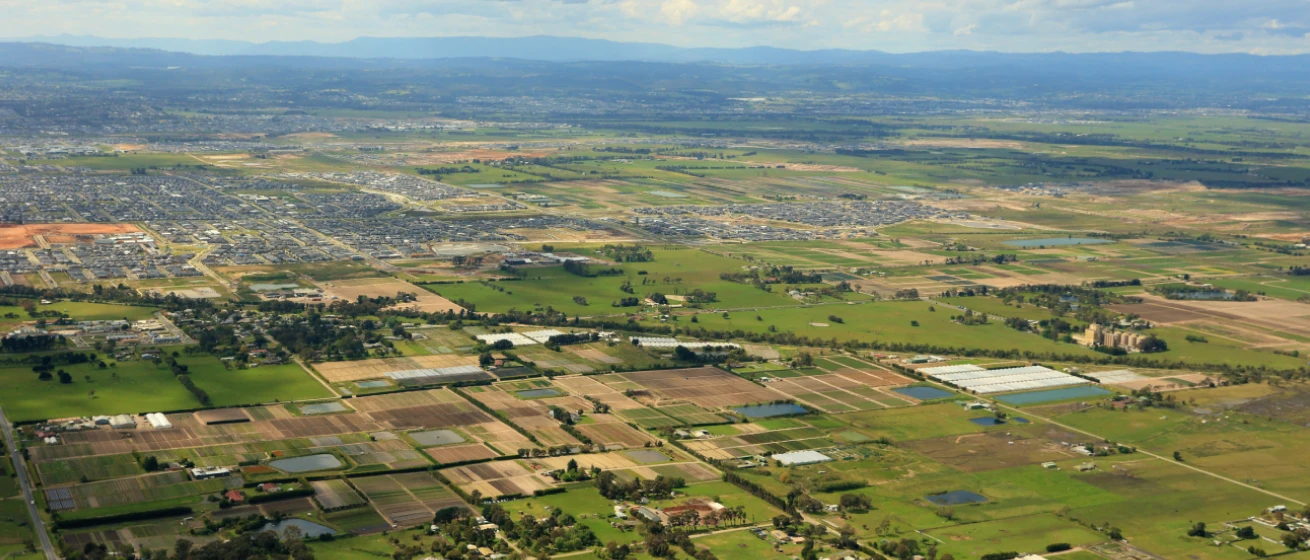
Residential Land
Across Australia’s East coast RPM has the ideal land to suit your lifestyle and dream home, explore the projects RPM is proud to be partners in selling.
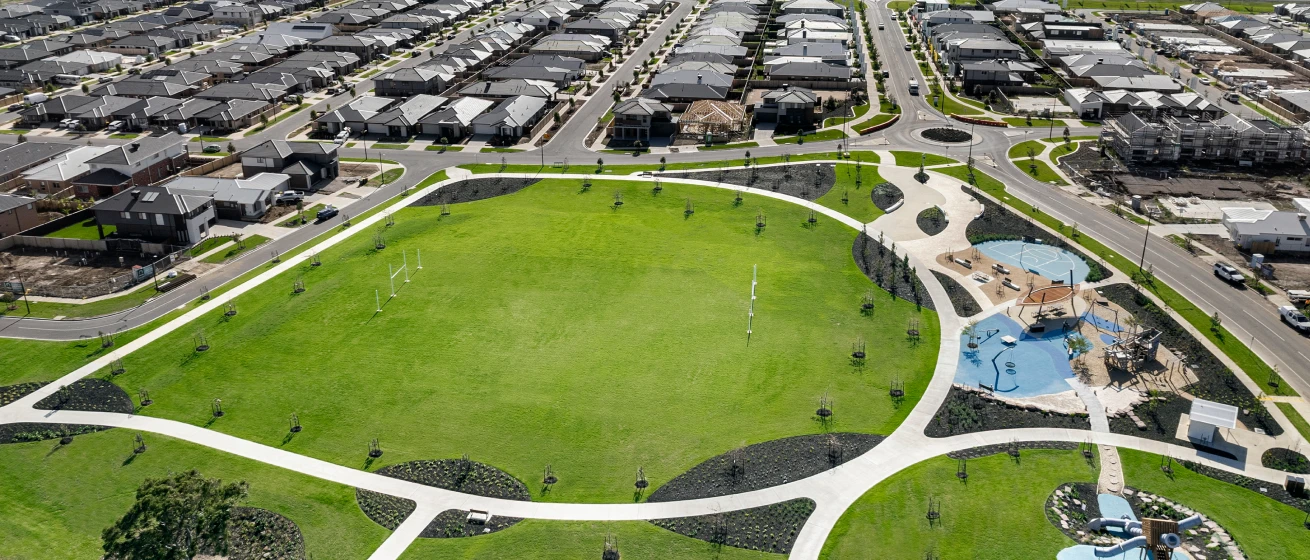
Townhomes
With townhouses to suit every lifestyle and budget, find your perfect home today.
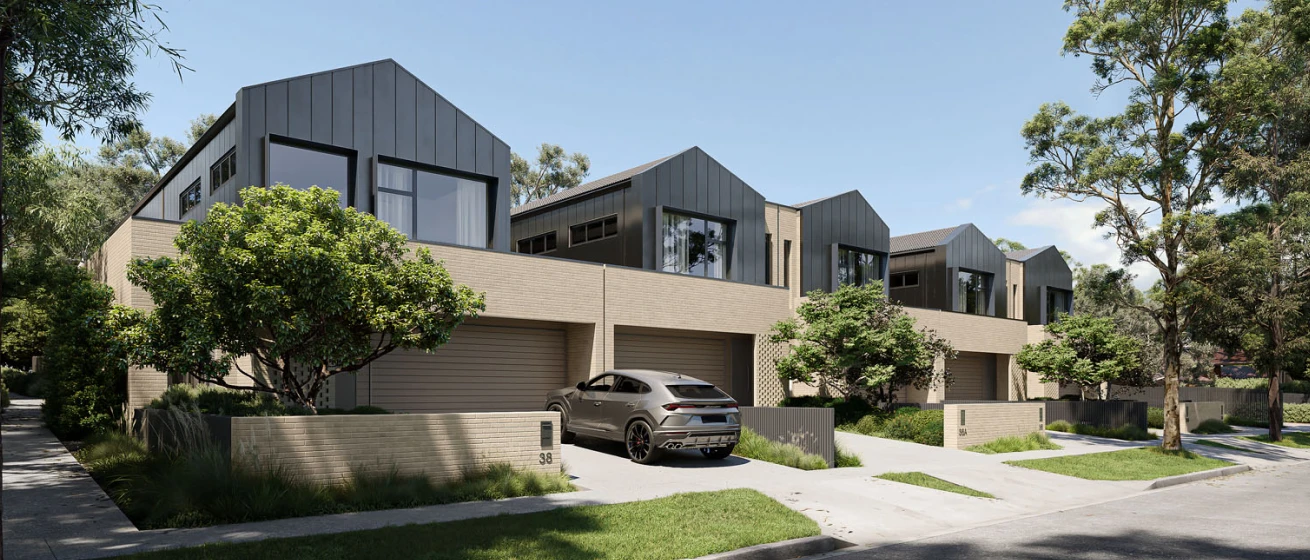
Apartments
Inner city & coastal new apartment projects. Explore our projects to find your perfect location and style of living.

RPM offer a comprehensive suite of professional services at every stage of your property journey.
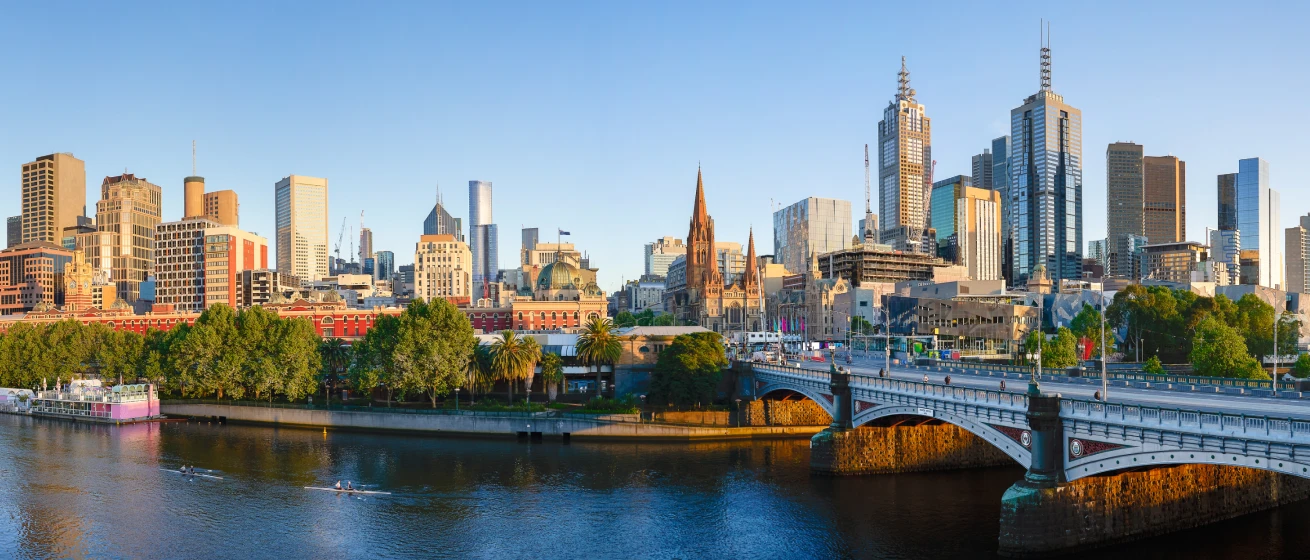
RPM offer a comprehensive suite of professional services at every stage of your property journey.
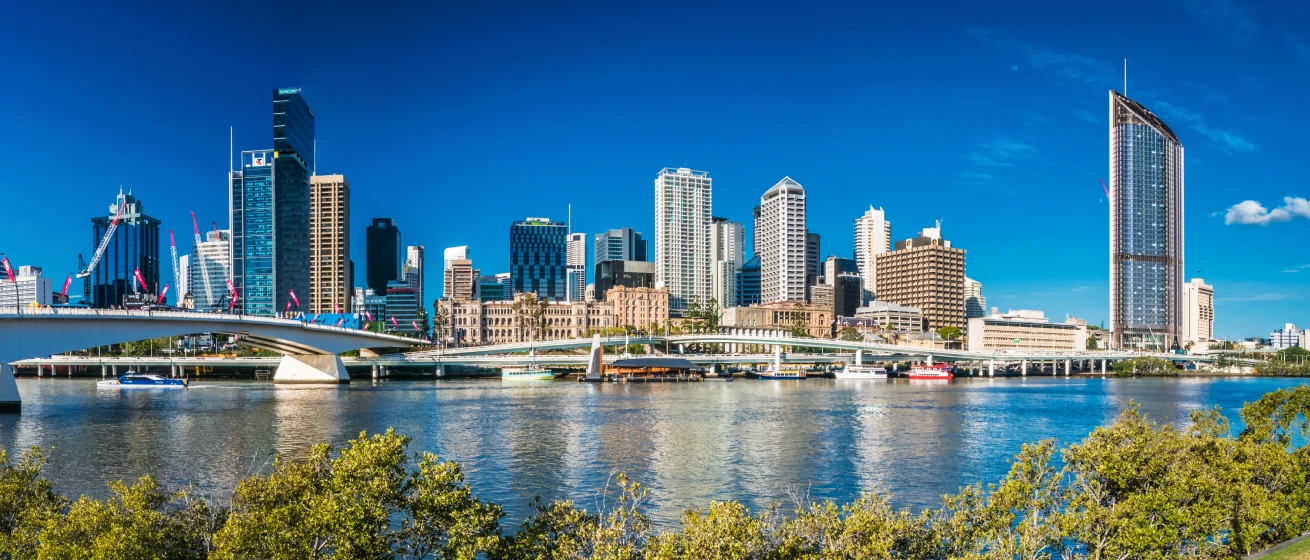
Pioneering new benchmarks in property intelligence, know-how, and data-driven insights, read the RPM Group's story.
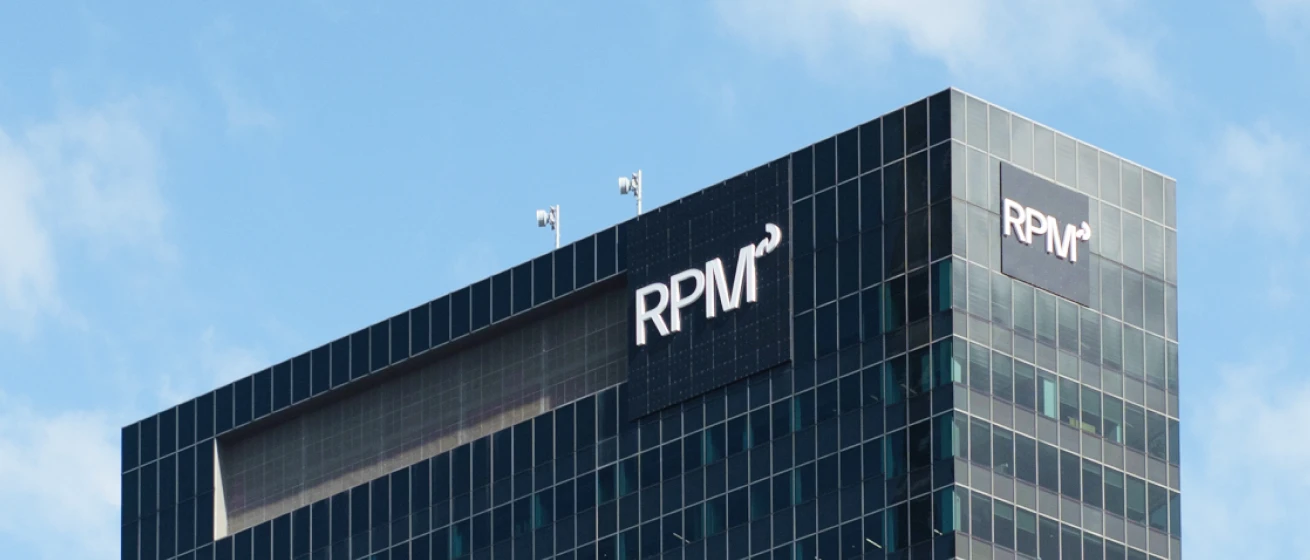
Our Story
Since 1994, RPM has grown to become the industry-leader with an expanding national presence; offering a comprehensive suite of services

Our Team
The heart of our business are the people who make it thrive. Discover the passion and dedication of our national team.
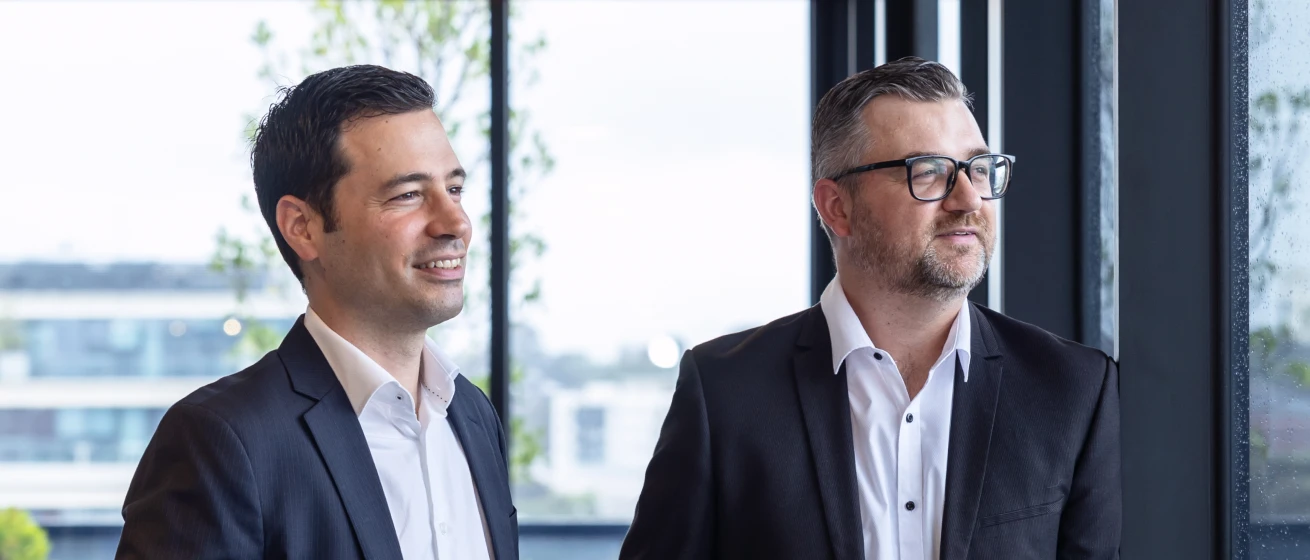
Careers
Our team of property experts is truly unparalleled. See how you can join this exceptional group and shape your future with us.

03.10.2022
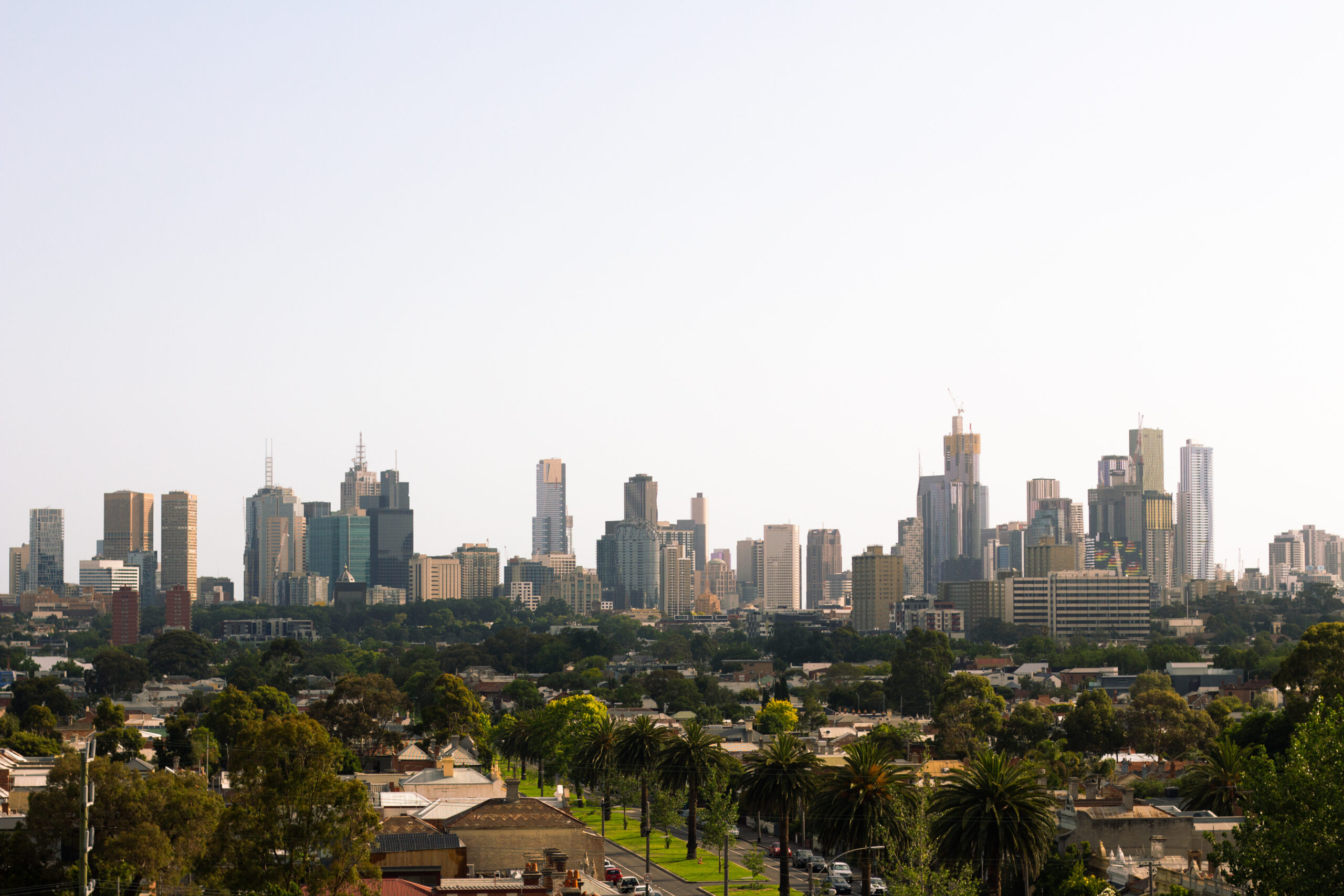
We spoke to Daniel Gradwell, ANZ Associate Director Property, about the state of the economy and property sector, and what industry insiders are anticipating for the market.
“At the moment, rate rises are driving everything. From a property perspective, one of the biggest immediate impacts is borrowing capacity. As a rule of thumb, we look at an average 10% reduction in what you can borrow for each 1% rise – and we’re already 2% higher than just a few months ago.”
“But it’s not all doom and gloom. What’s really important is that we’re in a great position to absorb some of these blows. Default rates are low and forced sellers aren’t coming onto the market yet, which is a reassuring story. The other factor is tight lending conditions in place since APRA significantly refined its criteria from 2016-17, creating a more generous financial buffer.”
“Ultimately, from a purely economic standpoint, the cash rate rises are being implemented because our economy is so strong, and people are spending money, which shows what a solid base we’re starting from.”

“Again, rising interest rates are having the biggest impact on just about everything.”
“From a borrowing perspective, interest rates not only put pressure on household finances, they also impact pre-approvals, so people looking in a specific bracket with pre-approved finance six months ago may simply not be participating in that sector of the market now.”
“While on the other side of the coin, property prices are starting to come down, even if they drop by 15% in Melbourne, or say 18% regionally, they’ll still only come down to 2020 prices, which doesn’t necessarily immediately make them more ‘affordable’.”
“From a rental perspective, vacancy at 1% is far too tight, and the reality is it’s going to get worse before it gets better as the construction industry faces a tremendous backlog and a plethora of supply and resourcing issues. Given the pace of rental demand, it’s likely this issue will peak in around two to three years.”
“Unemployment rates are now lower than they have been for 48 years, which in itself is an incredible story. Interestingly, after some of the most stringent lockdowns in the world (and certainly in the country), Melbourne’s unemployment is the lowest in Australia at 3.1%.”

“We should keep a close eye on household spending, because combined with housing prices, it’s responsible for so much of our economic position.”
“At the moment, it’s really strong, but as interest rates increase – which is by design – the heat will start to come out and we may see more households under financial strain.”
“The Reserve Bank of Australia has a delicate balancing act to performing over the coming months in curbing inflation and supporting the local economy, with the Consumer Price Index (CPI) data now moving from a quarterly to a monthly model, it will equip them with more timely insights to achieve that key balance.”
This article was originally published in our Q2 2022 Residential Market and Economic Update. For the full report, click here.
You can see how this popup was set up in our step-by-step guide: https://wppopupmaker.com/guides/auto-opening-announcement-popups/
